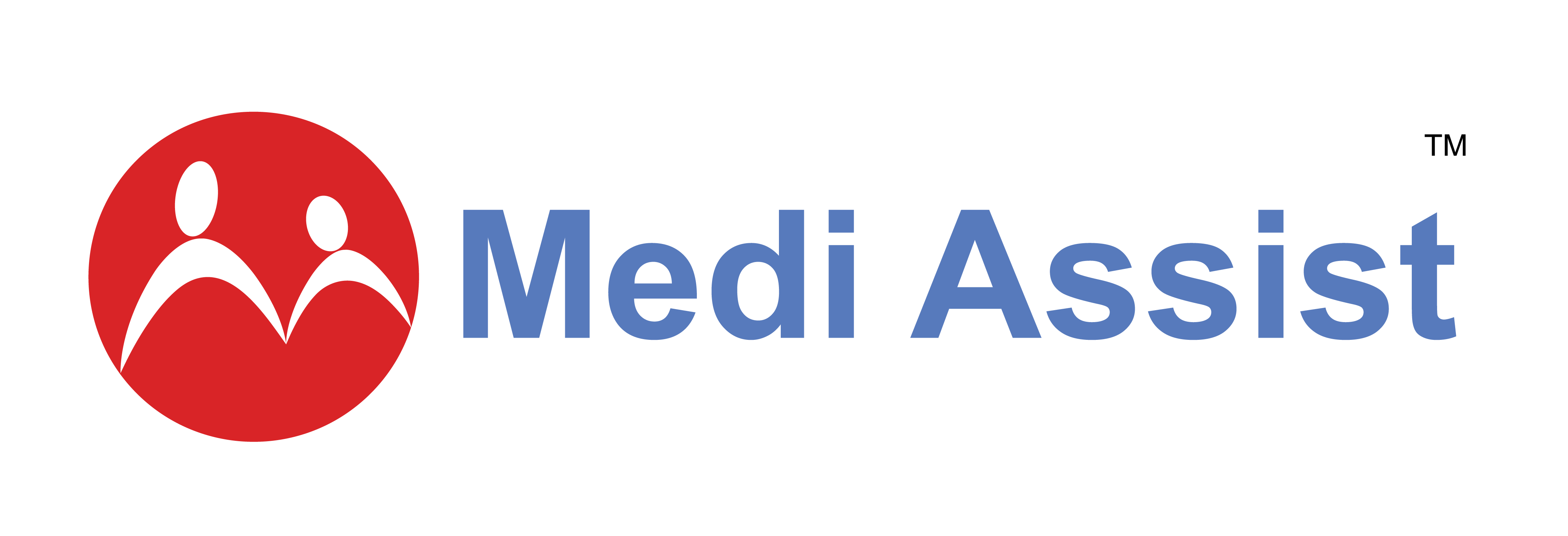Myth 1: I do not need to pay anything for cashless hospitalization.
While this might be true in some cases, it may not always be the case. Cashless hospitalization, as per the insurance company, means that the insured is getting admitted to a network hospital which has an arrangement to send the bills directly to the insurer for processing and approval, and the insurer will pay as per the policy terms and conditions. Therefore, the policy document needs to be understood carefully. The insurance company defines a number of exclusions and sub-limits in the policy document. Whenever such services or items are billed by the hospital, the insurance company will not pay for them or will pay up to the specified limit.
Myth 2: Cashless rejection means the insurance company won’t pay for my treatment.
Denial of cashless facility can be a severe heartbreak for many. People get so disappointed when faced with a denial of a cashless claim. While the situation may be serious in some cases, in many other cases, there is no reason to lose hope. In the absence of the complete medical history of the patient, the claims officers of insurance companies want more details, for which they require the insured person to go through the reimbursement process. During a reimbursement claim, the insurance company may ask for the complete medical history of the patient before deciding to approve the claim. So do not lose hope if your cashless claim is rejected.
Myth 3: Insurance only pays for hospitalization expenses.
Most people are happy that they received cashless hospitalization benefits, but very few people know that they are eligible for reimbursement of their OPD expenses related to the hospitalization as well. At a minimum, your OPD expenses 30 days before admission and 60 days after discharge are covered by insurance, and you can request reimbursement for the same. Preserve all your consultation, pharmacy, and diagnostic bills and prescriptions, and do not throw them away.
Myth 4: My claim got rejected because of some mistake from the hospital.
Most people do not realize that their policy is a contract between them and the insurance company. The hospital is just a place to provide them medical care. Without completely understanding the terms and conditions of the insurance policy, policyholders tend to blame the hospital for their rejected claim. For example, if a pre-existing disease was not disclosed at the time of buying the policy, why complain later when insurance rejects the claim for a hospitalization which can be related to a pre-existing health condition?
Myth 5: I need to send only the bills for reimbursement.
This is one reason why you don’t get paid the full amount of your claim. The insurance company requires a doctor’s prescription and diagnostic reports in original, apart from the bills that you send them. This is because
- there has to be evidence that the services or products were requested by the doctor, which is provided by the prescription, and
- there is an outcome of the service, which is shown by the report. Always remember to send the complete set in original.
Myth 6: Insurance will pay for the treatment irrespective of the room in which I stay.
Patients cannot be blamed for this misconception. Most of us who have never encountered hospitalization fail to understand the market practice of hospitals. Many of them charge patients different rates for the same treatment depending on the ward category in which the patient gets admitted. For example, a surgery will cost you less if you get admitted to a general ward, while it might cost you double the same amount if the admission happens in a private ward. Insurance policies specify your eligibility for a hospital room stay by limiting the daily room rent payable or the class of ward the patient is eligible for. Therefore, if you happen to pick a bed category that is more expensive than what is defined in your insurance policy, you end up paying the additional amount out of your pocket on a pro-rata basis.
Myth 7: I will get cashless by showing my insurance/TPA card.
While in the majority of cases this is true, it has been noticed that in a small number of cases, patients are up for a shock. If the policy has not been renewed on time either by the individual or by the employer or if your employer has changed your insurance provider recently, you may be carrying a card that is invalid. This comes as a rude shock to patients when they visit the hospital. Therefore, whenever you are in a situation where you are going to use your insurance card, it helps to do a small check of the validity of the insurance policy.
Myth 8: Insurance will pay only for maternity expenses as per the eligibility.
Insurance policies may or may not have maternity cover as an inclusion. If it is covered, people tend to think that this cover will pay for the delivery charges at the hospital. But wait, there’s more to it. Some policies cover pre and postnatal expenses and even hospital expenses of the newborn. This coverage may be up to a specified amount within the maternity limit or in addition to the maternity cover. The important thing is to ask this question to the insurer’s helpline at the time of delivery. You might be happily surprised by their response!
Myth 9: Every treatment is covered in insurance (PEDs, waiting time, inclusion, exclusions).
Unfortunately, as laypeople, we fail to understand the jargon used in an insurance policy. When we buy a health cover or we receive one from our employer, we think that this policy will cover hospitalization expenses should there be a need. But it is not as simple as it sounds. Policies are a mix of benefits with elaborate terms and conditions specified in technical details. There is a mandatory waiting period or disease-specific waiting period. If you need hospitalization for the treatment of these conditions while the waiting period is not over, insurance will not pay for it. Similarly, there is a long list of treatments that are excluded from your policy, for example, dental procedures or cosmetic procedures are not covered.
Myth 10: I can use only one insurance policy for a claim.
Under certain scenarios, multiple policies might come in handy to cover hospitalization expenses. If the cost of treatment prescribed for a person is more than the sum insured of each policy held by him, then he is entitled to claim from more than one policy.
Myth 11: Hospitalization benefits under all policies are similar.
If the insured person has more than one policy, it has been observed that people tend to randomly pick any one to apply for cashless hospitalization. The fact is that the sum insured may vary between policies, and the room eligibility, inclusions, exclusions, and sub-limits may be different. Therefore, it is important to check which policy will offer the maximum advantage at your selected hospital for the prescribed treatment and use the same for cashless hospitalization or for reimbursement of hospital bills.
Myth 12: 24-hour hospitalization is required for a claim.
In this age of medical advancement, a lot of treatments and surgeries are done on the day of admission, and the patient gets discharged before sunset. Recognizing these advancements, insurance companies offer cover for daycare procedures that do not require a 24-hour hospital stay. A list of these daycare procedures is specified in the policy.









